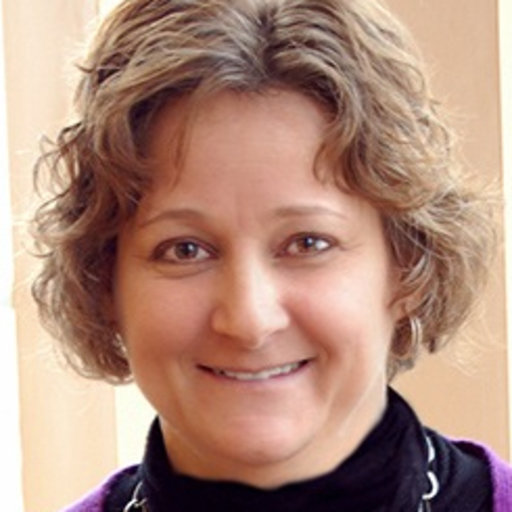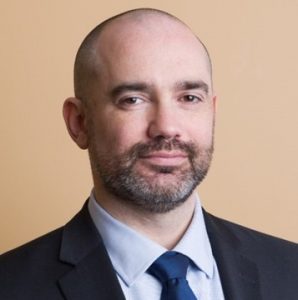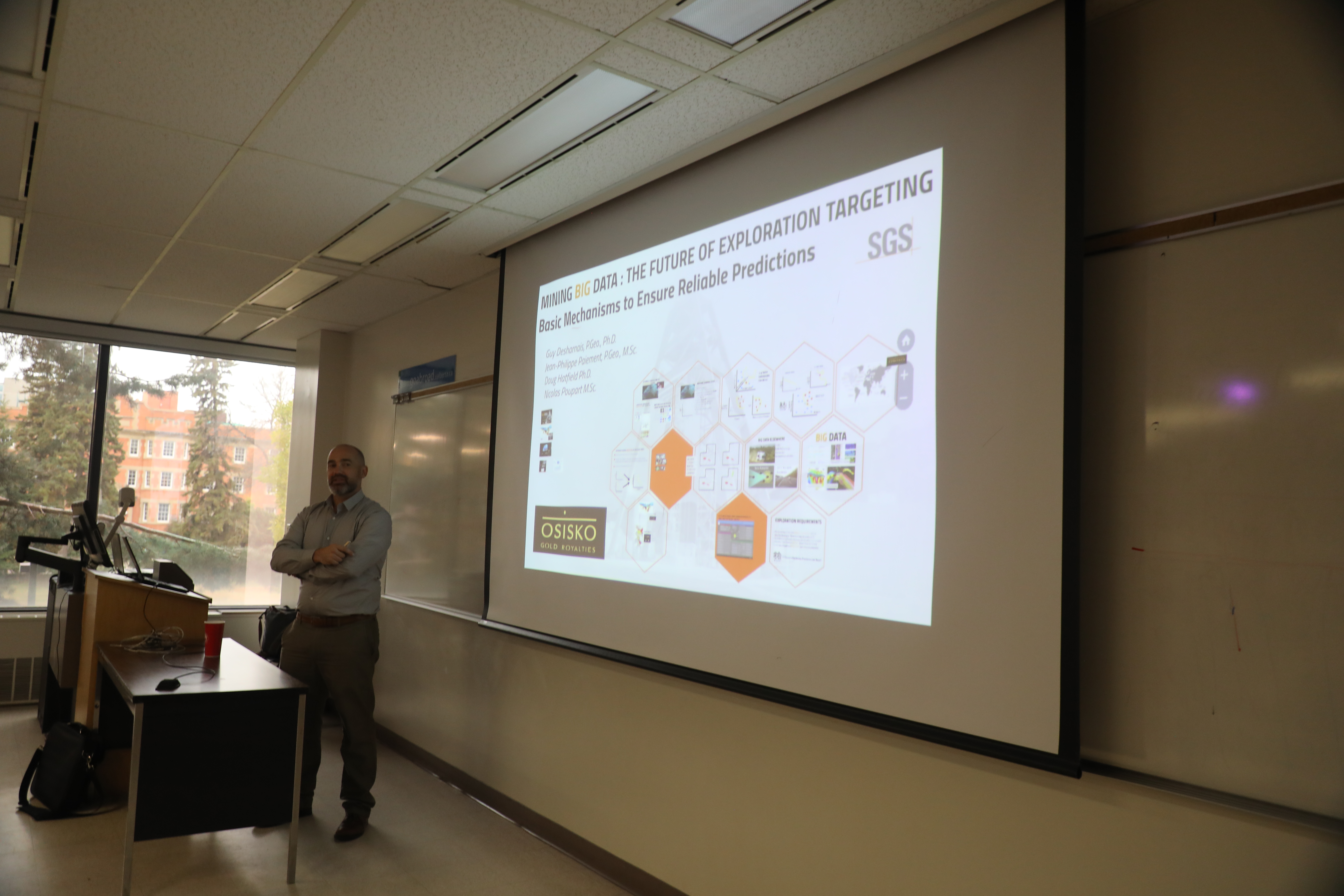February 8th, 2019 (Honorary CIM Distinguished Lecturer)
Speaker: Peter Bradshaw
 Talk title: The struggle for the Discovery of the Giant Porgera Gold Deposit, Papua New Guinea
Talk title: The struggle for the Discovery of the Giant Porgera Gold Deposit, Papua New Guinea
Time & location: 12 pm Tory 3-36
Biography: Peter Bradshaw has served the mining industry with distinction for more than forty years as a mine-finder, company builder, an advocate of collaborative research and science and by working effectively with local and indigenous people. His early career with renowned Barringer Research gave him a global perspective on mineral exploration and the opportunity to develop and publish details of ground-breaking geochemical processes and exploration methods. In 1979, he joined Placer Development, a predecessor of Placer Dome, and helped advance several successful projects, most notably the discovery of the very high-grade zone VII at Porgera in Papua New Guinea (PNG). Bradshaw was also the driving force behind the formation of the very successful Minerals Deposit Research Unit (MDRU) at the University of British Columbia (UBC).
Among his other achievements, Bradshaw brought expertise, integrity and energy to the junior sector, first with Orvana Minerals, which developed the Don Mario gold-silver-copper deposit in Bolivia. Later, as co-founder and president of First Point Minerals, he helped discover and identify the commercial importance of a new type of nickel deposit in BC and Yukon, in which nickel occurs as the nickel-iron alloy, awaruite.
Bradshaw earned a BSc (Geology) from Carleton University in Ottawa in 1962 and a PhD from Durham University in England (Economic Geology) in 1965.
During his subsequent ten years with Barringer Research Bradshaw helped prove the value of advanced geochemical exploration, in particular, the use of selective extractions and soil profile sampling to improve interpretation and enhance the signal from buried deposits. Bradshaw then joined Placer, where the greatest of many accomplishments involved the Porgera project which was about to be abandoned after a failed feasibility study. Convinced of the potential for a high-grade zone in the bulk-tonnage deposit, Bradshaw launched a low-cost exploration program that led to the discovery of Zone VII, a very rich and large “plum”. Porgera became a world-class mine that has produced more than 18 million ounces of gold with potential for significantly more.
The resilience and tenacity shown by Bradshaw at Porgera helped define his career. Still with Placer, at the Misima gold mine also in PNG he worked with the government to adopt a marine tailings disposal system rather than build a tailings dam on the small, rugged and seismically active island. He worked with local leaders to prevent a mass in-migration to the island and the resulting social disruptions, as part of his long-standing commitment to find ways to work effectively and collaboratively with local and indigenous people. In addition he oversaw aspects of the final feasibility study of the Kidston gold mine in Australia, and optioned both Granny Smith in Australia and Omai in Guyana, all of which became significant producers.
Bradshaw’s most enduring legacy is MDRU, the highly successful industry-UBC research collaboration which he co-founded in 1989. Today MDRU is recognized internationally as a centre of excellence in mineral deposits research and training, a fitting tribute to its far-sighted and tenacious first chairman, Peter Bradshaw.
Profile information from https://www.cim.org/en/Services/Distinguished-Lecturers/2018/Peter%20Bradshaw
October 29th, 2018 (MSA Distinguished Lecturer)
Speaker: Associate Professor Laura Wasylenki

Talk title: What Ni isotopes can and cannot tell us about Earth’s mid-life crisis (Great Oxidation Event)
Time & location: 12 pm Tory 3-36
Biography: “I am a biogeochemist investigating metal chemistry in the earth’s lithosphere, hydrosphere, and biosphere. Specifically, I examine stable isotope fractionation of transition and post-transition metals in order to develop new tools for tracing chemical reactions that involve metals. My primary focus is on fundamental, experimental investigations of metal isotope fractionation mechanisms. In the past ten years multi-collector ICP mass spectrometry has led to the discovery that stable isotopes of most metals fractionate in a wide range of environments all over the Earth. The number of published metal isotope analyses is burgeoning rapidly, and the prospect of much new understanding of metal chemistry in nature is exciting. Few investigators, however, have yet attempted to elucidate the mechanisms that drive metal isotope fractionation. Without careful investigation of molecular-scale mechanisms and systematics of metal isotope effects, we cannot hope to interpret robustly the wealth of information available in nature.”
Profile information from http://geology.indiana.edu/wasylenki/index.html
September 26th, 2018 (CIM Distinguished Lecturer)
Speaker: Guy Desharnais, Ph.D., P.Geo, Geological Consultant


Talk title: Mining BIG Data: the Future of Exploration Targeting
Time & location: 12 pm CAB 235
Details: The application Machine Learning enhances our capability to harness exploration data to establish vectors to ore. However, careful consideration of the inputs and outputs by human geologists is required to ensure that the model does not merely predict what is already known or produce spurious results.
Biography: Guy Desharnais obtained his Ph.D. from the University of Manitoba, which focused on belt-scale geochemistry of mafic-ultramafic rocks and related sulphide mineralization. He worked five years as an exploration geologist with Xstrata Nickel (Glencore). Since joining SGS in 2010, he has completed a wide range of projects internationally, from resource estimations, economic evaluations, metallurgical sample selection, geometallurgical studies, and audits of resources and reserves. Guy has prepared NI 43-101 technical reports on a wide range of commodities, and is considered a Qualified Person for a number of deposits types. Guy has a passion for sharing his technical knowledge and has completed several training sessions for a variety of audiences in French, English and Spanish. He led the team which won the Integra Gold Rush Challenge in 2016 (500k$) which applied a combination of geology, virtual reality, weight of evidence and machine learning techniques to identify the most prospective exploration targets. Read CIM Magazine‘s profile of Guy Desharnais.
Profile information from: https://www.cim.org/en/Services/Distinguished-Lecturers/2017/Guy-Desharnais)
September 21st, 2018 (SEG Distinguished Lecturer)
Speaker: Professor Christoph A. Heinrich (ETH Zurich)

 Talk title: Archean Gold: Lode Deposits, Silver Isotopes, Magmatic Degassing, and Early Life on the Kaapvaal Craton.
Talk title: Archean Gold: Lode Deposits, Silver Isotopes, Magmatic Degassing, and Early Life on the Kaapvaal Craton.
Time & location: 12 pm Tory 3-36
Biography: After his early studies in Alpine geology and high-pressure metamorphic petrology at ETH Zurich (Switzerland), Chris Heinrich moved to Australia to develop his interests in economic geology with Comalco, the Commonwealth of Scientific and Industrial Research Organisation (CSIRO), and Geoscience Australia. Down under, he learned the basics of fluid inclusion and stable isotope research with studies of Sn-W veins and the metasediment-hosted copper deposit of Mount Isa and a stint into experimental hydrothermal geochemistry at the Department of Scientific and Industrial Research (DSIR) in Wellington (New Zealand). In 1994 he was appointed Professor of Mineral Resources at ETH Zurich, where he has since built a teaching and research group investigating processes of hydrothermal ore formation by combining field geology with the development of quantitative analysis of fluid inclusions, high-precision geochronology and numerical modeling of the chemistry and physics of fluid-rock interaction. His students and collaborators have become successful explorationists, academic teachers, and researchers in fields extending well beyond his own. Chris was the first recipient of the Paul Niggi Medal (1988), served as Associate Editor for Economic Geology and other international journals, and was a Council member for SEG and the Society for Geology Applies to Mineral Deposits (SGA). In 2006 he was awarded the SEG Silver Medal, and in 2017 he was honored with the SEG R.A.F. Penrose Gold Medal.
Profile information from:
